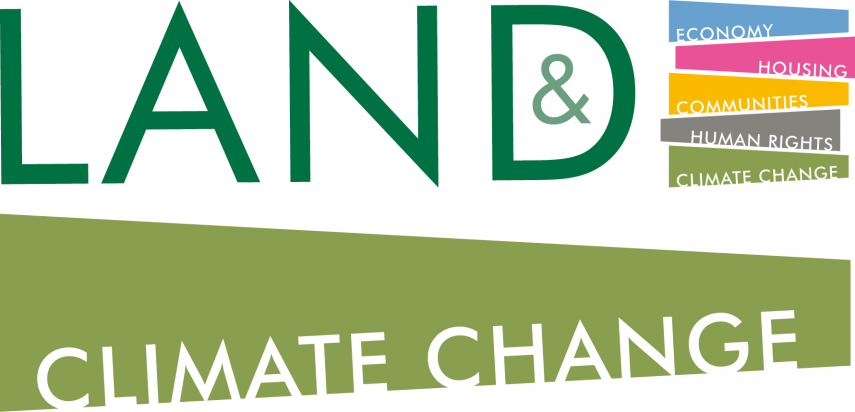
Land & Climate Change - A just land use transformation
Emma Cooper

In the second of our series of ‘Land &’ blogs, Head of Land Rights and Responsibilities at the Scottish Land Commission, Emma Cooper, looks at the connection between land and Scotland’s climate change targets, and how we can achieve a just transition in land use transformation with communities at the heart.
For Scotland to achieve its ambitious climate targets there has to be significant land use transformation over the next decade. We are going to need to adapt to and mitigate climate change, a need which is becoming ever more urgent.
The scale of this transformation must be done in a socially just and responsible way which reduces inequalities rather than exacerbates them. Our governance of land ownership and land use decision-making must adapt to support this and guarantee that the economic benefits are realised and retained in communities and local economies, in a just transition. The Scottish Government’s Land Rights and Responsibilities Statement (LRRS) provides the framework of how we can do this and ensure that accountable and responsible approaches are at the heart of land ownership and use.
The significant changes we need to make to our land use inevitably bring both risks and opportunities. We all need to benefit from the opportunities, not just an elite few, and the risks need to be balanced. Reaching our climate change targets is an opportunity to build a fairer, greener Scotland with empowered communities leading the way, as argued by the Just Transition Commission. To do this we need to rethink our land ownership and management systems and practices to enable this to happen.
Added to that, we know that we need to act fast on climate change. The report published by the Climate Change Committee just a couple of weeks ago was clear: our adaptation action is not keeping pace with the growing risks of climate change. The independent report identified key areas for action in the next two years including soil health, natural habitats and species, carbon stores and crops, livestock, and timber. Waiting to act will ultimately cost more and have a greater impact on people, economy, environment and nature.
Acting with the urgency required makes managing change harder and, consequently, a just transition more challenging. We need to take communities with us in our decision-making about land use change, with economic and social benefits grounded in place.
The LRRS provides a framework for how we balance land rights and responsibilities based on a human rights approach. It recognises that the way we own and use land fulfils many human rights and that land is a resource that should benefit everyone and support social progress. It is therefore important that those with decision-making powers in relation to land recognise and act with their responsibilities in mind as well as their rights. The Statement applies regardless of whether a landowner is an individual, a company, a charity, or any other legal structure and of course is equally relevant to those purchasing land or managing land for natural capital purposes. The Statement should also be given serious consideration by those who are influencing land use change through private or public finance, as part of demonstrating standard corporate social responsibility practices.
The six principles in the LRRS are straightforward and have received wide stakeholder input and support. Over the last couple of years the Commission has worked with stakeholders to distil the LRRS down to key practical actions that can be taken to ensure that land is owned and managed responsibly and the benefits of land are shared. The LRRS tells us that when considering land use change, particularly at the significant levels needed for climate action, excellent community engagement needs to be undertaken and opportunities provided to collaborate between land owners, managers and communities to share the benefits.
Where there is potentially a significant impact on communities, engagement with the community should be early in the decision-making process, allowing communities to have a meaningful say and have an impact on the decisions being made. It should seek to find ways to deliver community needs and aspirations. Engagement can be initiated by communities or landowners, even where there is no significant land use change, and all parties should be receptive to this.
In making this land use transformation, a shared approach to rights and responsibilities opens up new opportunities to develop governance models that share control and benefit. Emerging natural capital value is by definition a shared asset. Making the most of it will require multiple sources of investment and wide distribution of benefit. Could this prompt new approaches to mixed ownership and governance models, ones that blend the private, public and community interest? If so, it brings new opportunities to diversifying our land ownership and realising the benefits of change.